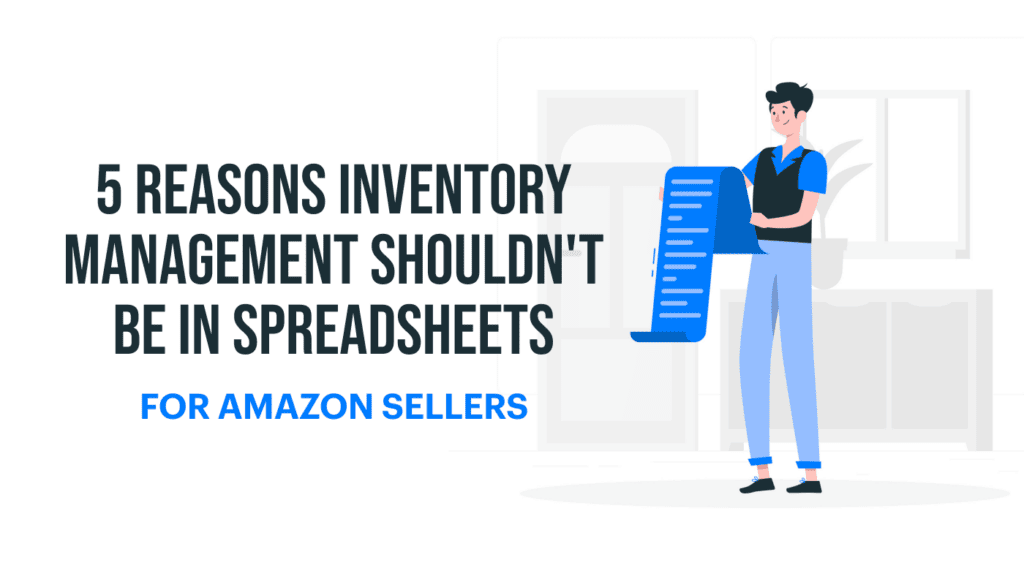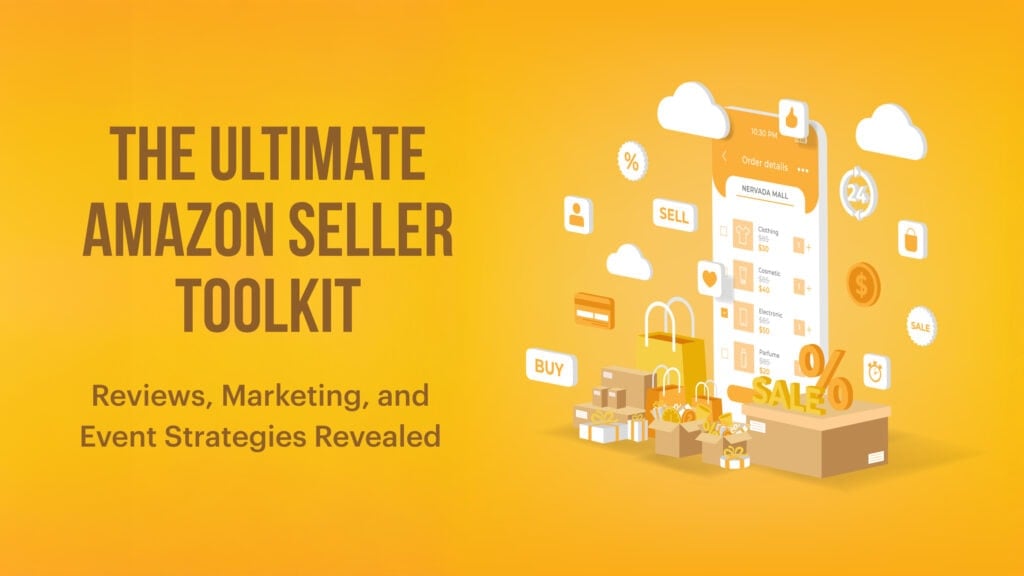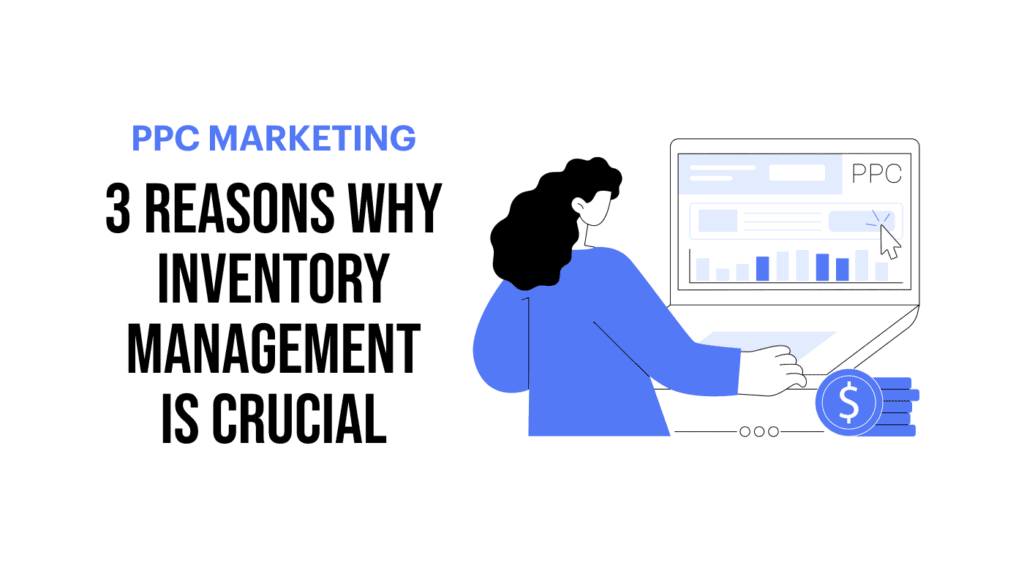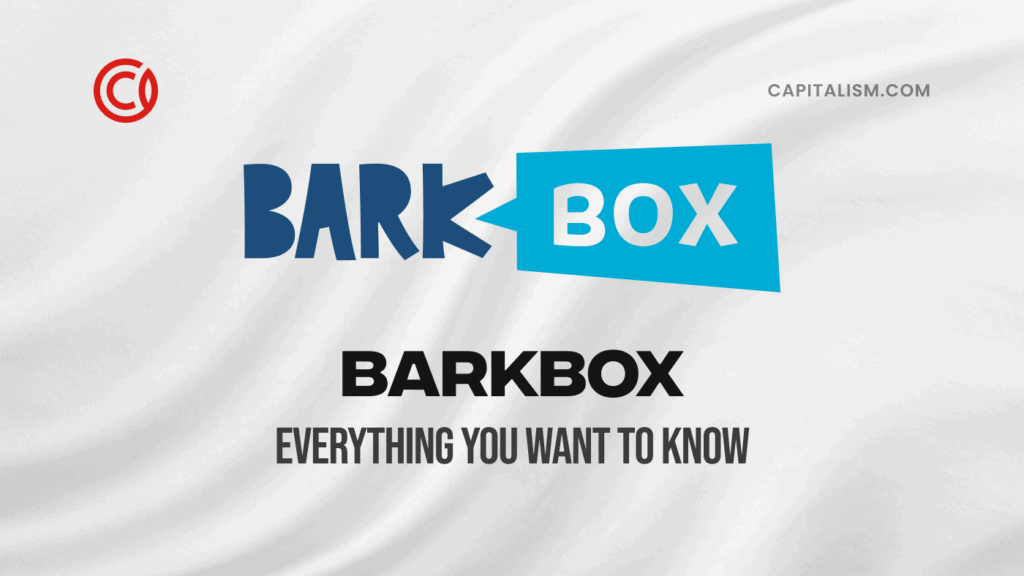I nearly bankrupted my company twice. To briefly cover this, I ordered too much inventory once and the second time I stocked out of four of my five best sellers (more on both of those below).
In today's fast-paced business and eCommerce environment, effective inventory management is crucial for success. While spreadsheets like Excel or Google Sheets have been the go-to solution for many businesses, they are increasingly proving to be inadequate for the task. Here are five compelling reasons why you should move away from spreadsheets for inventory management.
1. Sales Velocity Trends
Understanding sales velocity—how quickly items are selling—is essential for inventory management. Spreadsheets do not offer an efficient way to track these trends in real-time. Without this crucial data, you're essentially flying blind, making it difficult to make informed decisions about restocking or discontinuing products.
Spreadsheets lack the ability to integrate with other data sources, such as your eCommerce platform or API sources. This means you can't easily correlate sales velocity with other essential metrics like seasonal trends, promotional campaigns, or customer behavior, leaving you with an incomplete picture that could lead to poor decision-making.
An inventory management software can connect to an API therefore plugging into your warehouse, Shopify, and Amazon to bring all channels together in one location.
2. No Dynamic Updating
In a spreadsheet, data doesn't update dynamically. This means that if you make a sale online, inventory moves from one place to another but someone has to update the spreadsheet manually. This lag can lead to stockouts or overstocking, which are detrimental to your business.

The lack of updates also makes it difficult to implement a strategy that can significantly reduce costs of goods and improve cash flow. Manual updates open the door for discrepancies between your online and physical stores, leading to customer dissatisfaction and potential loss of sales. This leads us to our next issue…
3. Human Error
The manual nature of spreadsheets makes them prone to human error. A single wrong entry can throw off your entire inventory count, leading to a cascade of problems down the line. Who has said before, “What's this formula doing?”.
These errors can be costly and time-consuming to rectify. In addition, the lack of an audit trail in spreadsheets makes it challenging to identify the source of errors, further complicating the troubleshooting process. This can lead to mistrust among team members and can even have legal implications if inventory levels are reported incorrectly in financial statements.
4. Scalability Issues
As your business grows, so does your inventory and the complexity of managing it. Spreadsheets are not designed to scale with your business. As you add more products, suppliers, and sales channels, the limitations of spreadsheets become increasingly apparent.
You'll need to create more complex formulas, which are difficult to manage and prone to error. Plus, as your team grows, you'll face challenges with version control and data integrity, making it hard to maintain a single source of truth for your inventory. You'll find yourself spending more time managing spreadsheets than actually managing your inventory. This is not a sustainable long-term strategy.

5. Time-Consuming to Maintain
Maintaining a spreadsheet-based inventory system is a time-consuming task. It requires constant manual updates and checks, taking away valuable time that could be better spent on other aspects of your business. The time spent on spreadsheet management also diverts resources from more strategic activities, such as market research, customer engagement, and business development. Additionally, the lack of automation means that routine tasks, like reordering supplies or generating reports, become labor-intensive chores that add to your operational costs.
How to Avoid Losing Millions of Dollars Like Me
If you're experiencing any of these issues, or if you find yourself spending more than an hour a week just managing your inventory, it's time to consider a more robust solution. There are numerous options when it comes to software to manage inventory, but I worked with Randy Thebeau (former Capitalism Incubator and Backroom member) to develop something for my business, Eye Love, back in 2019. It was so good, I told him we had to release it publicly.
Before Randy, I almost bankrupted my company by ordering too much inventory, as my ego wanted to do $1,000,000 on Amazon’s Prime Day. Big mistake. All our lightning deals were suspended, most of our inventory was stuck in customs, and we only had $1,000 left in the bank because it was all in inventory.
In addition to this, in 2022, it nearly happened again when we sold out of four of our five best sellers, dropping our revenue in half and essentially eliminating our profit. What happened? We sold our company in 2021 (but still ran it), and the company that bought us stopped using Randy’s software, but instead used their own internal software made by Oracle, which caused the massive stockout. This mistake cost us millions of dollars.

Don't wait until a spreadsheet error costs you millions of dollars (or even a few thousand dollars). I wanted to do something special for the Capitalism community, because I don’t want you to make these mistakes. We usually offer a free 30-day trial, but I want to extend that to a 90-day trial to all Capitalism members. Just mention it to Randy and he will get you set up.
In addition to this, if you are doing under 1,000 orders per month (30 sales per day), I want you to use our software at no cost to help get you started.
Visit www.profitablepineappleexpress.com today to find out how we can help you streamline your inventory management and boost your profitability. Profitable Pineapple Express Inventory Management Software seamlessly integrates with Amazon and Shopify, pulling data to give you a full view of your sales trends, inventory stock velocity, and warehouse stock levels. This not only minimizes human error but also provides actionable insights that can help you make informed decisions. The system is designed to adapt as your business grows, ensuring that you can focus on what really matters—growing your business.
About the Author
Dr. Travis Zigler is the CEO and founder of Profitable Pineapple Ads. He is an O.G. of the Backroom (the original Capitalist Pigs NFT) and joined back in 2016. Following Ryan’s 12 Month to $1 Million formula, Dr. Travis and his wife, Dr. Jenna Zigler, built and sold their company, Eye Love, for multi-seven figures.
He now runs a multi-seven figure agency (following the same formula) helping great people do epic shit. He does this by helping them scale Amazon sales by creating a moat around their Amazon listings through Amazon PPC, listing optimization, Amazon DSP, Google Ads, and building an audience. Profitable Pineapple Ads also has an inventory software and analysis team, Profitable Pineapple Express, and helps nonprofits increase donations (check out how a nonprofit can help your ecommerce brand here).












